In urban centers around the world, explosions of color have unexpectedly taken over alleyways and side streets. The evolving craft of graffiti and street art has recently been used as a way of expressing the pain and suffering in a public context. The term “graffiti'' derives from the Greek word “graphein” which means “to scratch, draw or write,” and includes all forms of wall inscriptions and art. The earliest expressions of street art can be traced back to the 1920s and 1930s in New York, when street gangs painted graffiti on the sides of train cars and walls. However, it was not until the 1970s and 1980s that the influence of this underground culture was prevalent around the world.
This extraordinary expression of art in the public sphere attracted immediate attention and appreciation from everyday passerbyers and art critics alike in the 1980s. It was a time when young people used creativity as a means of adapting to their socio-political environment and brought the fight for meaning into their own hands. The “hip-hop” graffiti prevalent during this time involved the use of spray paint or paint markers. It was synonymous with a particular aesthetic that used bold colours, abstract lettering and featured cartoon-like characters. Historically viewed as an illicit practice, street art gradually started to develop as a form of creative expression that made its way into galleries and the global art industry. Today, street art has earned its rightful place in the contemporary art world.
Contemporary graffiti advanced separately from conventional, institutional styles of art. It did not arise in the sheltered environments of churches, collections, or galleries, but rather from individual communities. Many street artists today draw inspiration from art history, but it cannot be claimed that graffiti originated explicitly from any such typology. Modern graffiti emerged as a form of urban communication that established its own networks. It was devised as an entirely new and independent art form, based on the artist’s unique aesthetic and style. It was about the artists and the community, nothing else.
The appreciation for modern street art grew through the work of influential artists such as Banksy, who transformed public views on this art form with his documentary Exit through the gift shop. The emergence of other artists such as Vhils or BLU transformed street art into a means of experimenting with new forms of art and bringing creative work to the streets. Modern street art movements have had a major influence on political issues. Street art has not only been used to increase awareness of social and political issues, but its artists have now gained acknowledgement and respect in the art industry.
Since the onset of the COVID-19 pandemic and the Black Lives Matter protests of 2020, numerous murals have painted side streets and city buildings all around the world. An image of African-American citizen, George Floyd who was violently suffocated to death by police officer David Chauwin in May 2020 was drawn on city walls across the globe. Many photos were based on Floyd's 2016 selfie, and alluded to the suffering he endured in his last moments, with his last words "I can't breathe" attached to the portrait. In horrified response, protestors around the world painted various graffiti tributes.
In Karachi, Haider Ali painted a portrait of Floyd inscribed with the hashtag #blacklivesmatter, while in Idlib, northwestern Syria, Floyd emerged amid the remnants of warfare. In Berlin’s Mauerpark, a mural by artist Eme Freethinker embodies Floyd alongside iconic black American figures such as Malcom X, Martin Luther King, Angela Davis, Jean-Michel Basquiat and Prince. These portraits are a tribute to the Black Lives Matter movement, which has ignited activism and outrage against systemic racism across the globe. Graffiti artists portray street art as a vital contemporary message about societal issues that represents various points of view.
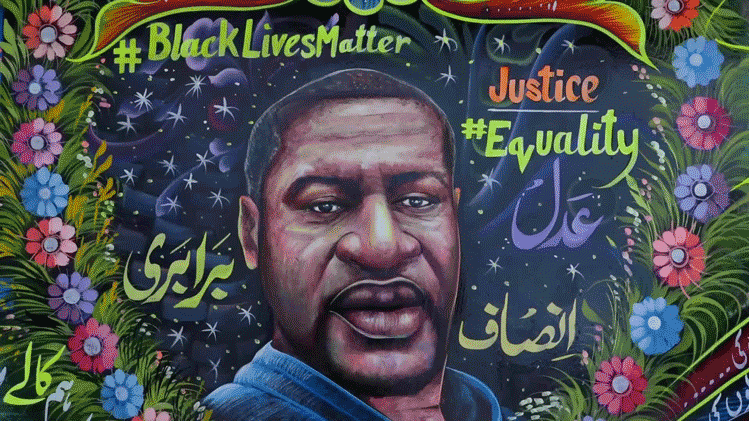
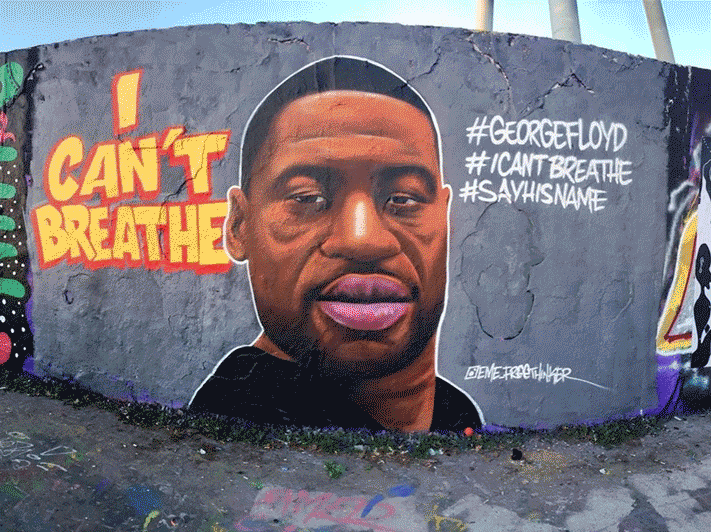
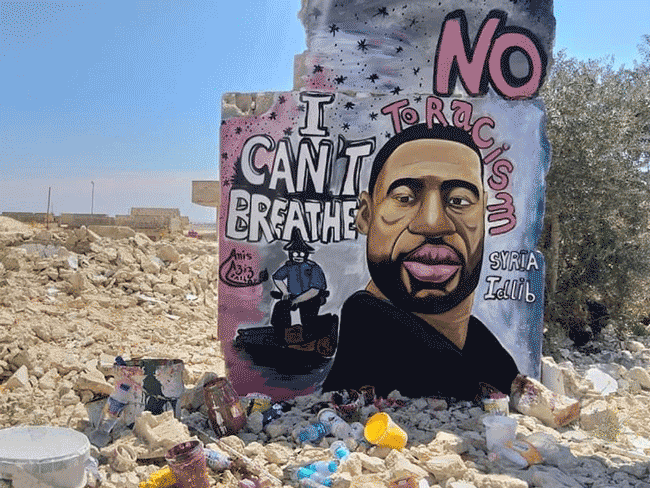
Graffiti has both a transient quality and an everlasting strength. It is symbolic of the local culture and values of the surrounding communities. At the onset of the COVID-19 pandemic, street artists around the world took over public spaces and used their art to express support, appreciation, and discontent regarding government action and quarantine.
In Rajasthan, India graffiti is marked on the road to increase awareness about COVID and encourage individuals to stay at home. On Carrell Street in Vancouver’s Downtown Eastside, artist Smokey D painted a COVID-19 mural that aims to convey accurate public health information and combat community stereotypes. An artist in Almaty, Kazakhstan used a cherry picker platform to paint a mural on the exterior of an apartment complex. The artwork is dedicated to medical specialists, police officers, and armed forces personnel involved in the fight against the epidemic. Although much of the graffiti is positive, there were still several messages that were discontent with the government’s handling of the crisis. For example, graffiti in Rio de Janeiro, Brazil criticized the President by showing him sporting a protective face mask with a variation of the Portugese word “coward” written on it. It represented the lost support of President Bolsanro as citizens of Brazil accused him for putting people’s lives at risk.
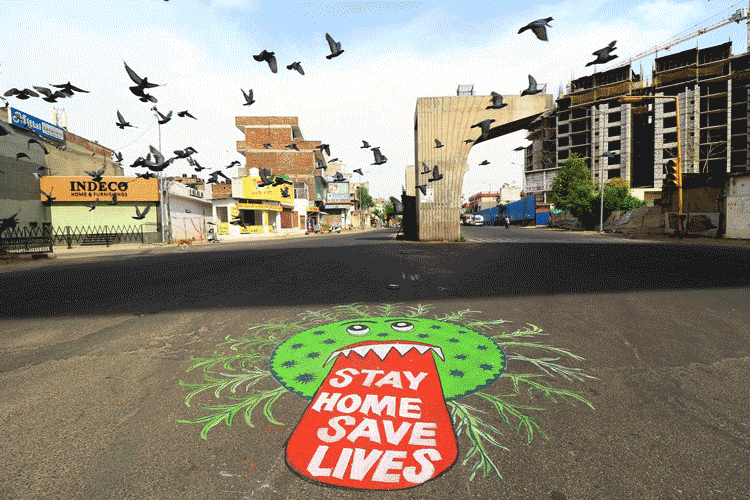
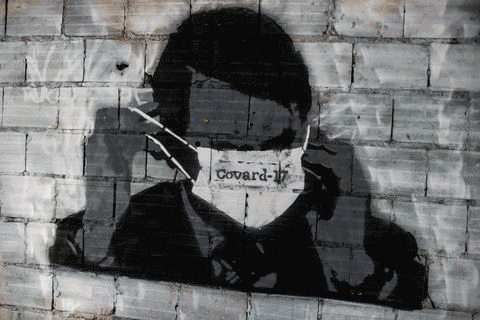
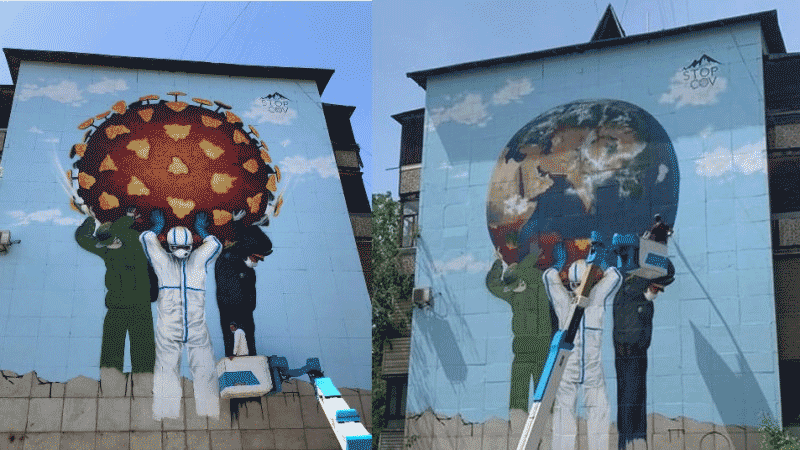
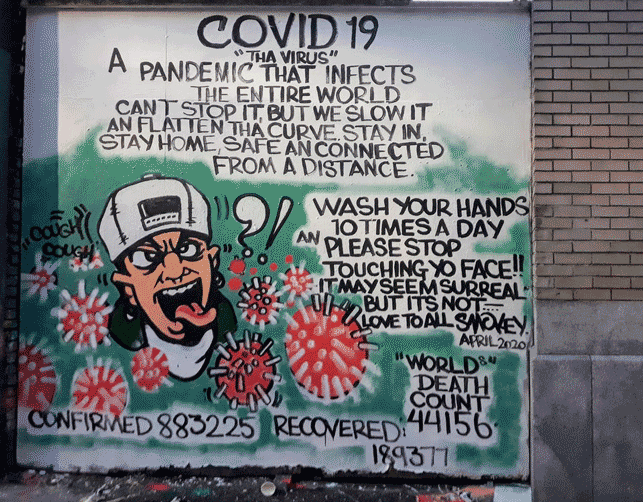
Graffiti and street art are a remarkable medium that empower artists to openly express their thoughts, ideas, and emotions in public spaces. It establishes strong interpersonal links between cultures and encourages dialogue and discussion on critical topics. Graffiti and street art is an ever-changing art form that transforms urban spaces into accessible, culturally significant art. It is not vandalism, but rather a core component of urban society that by its individualistic existence, embodies cultural meaning. Without graffiti and street art, cities today would not be the same.
